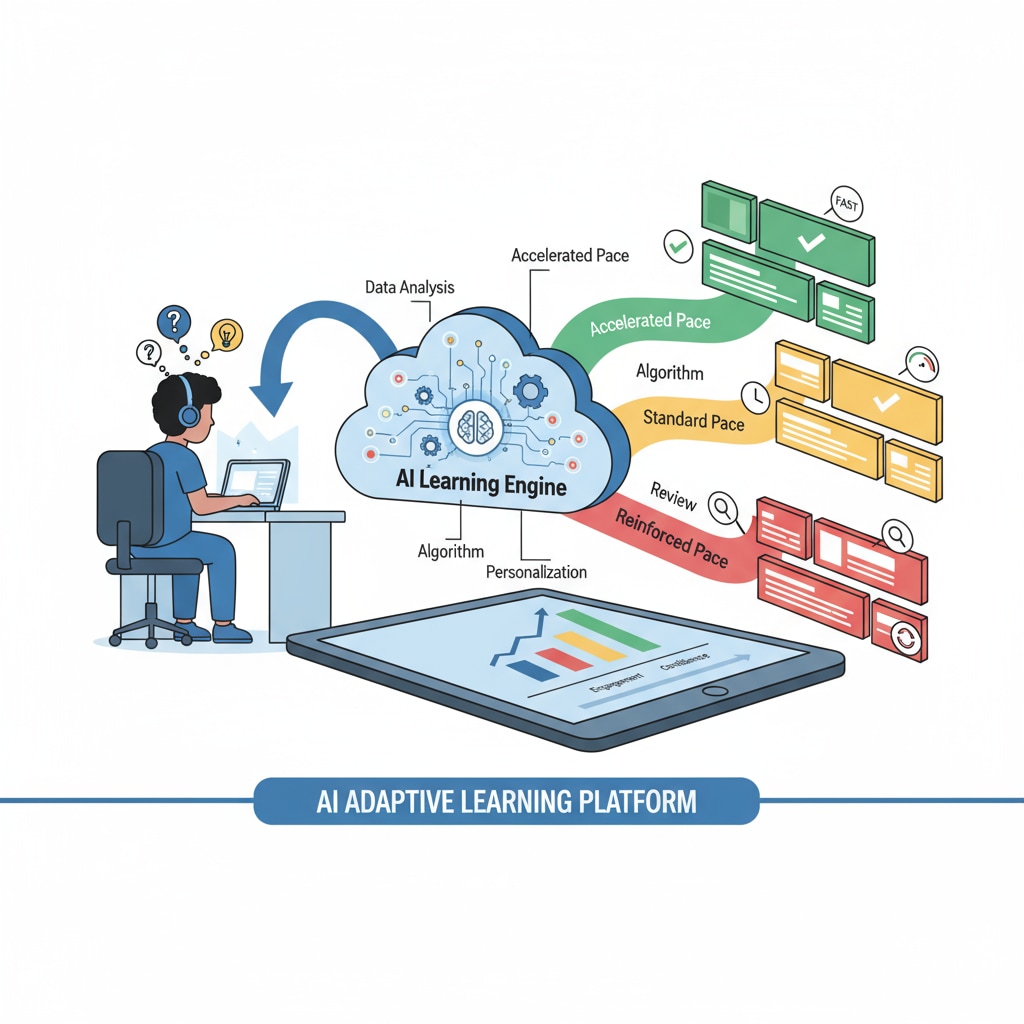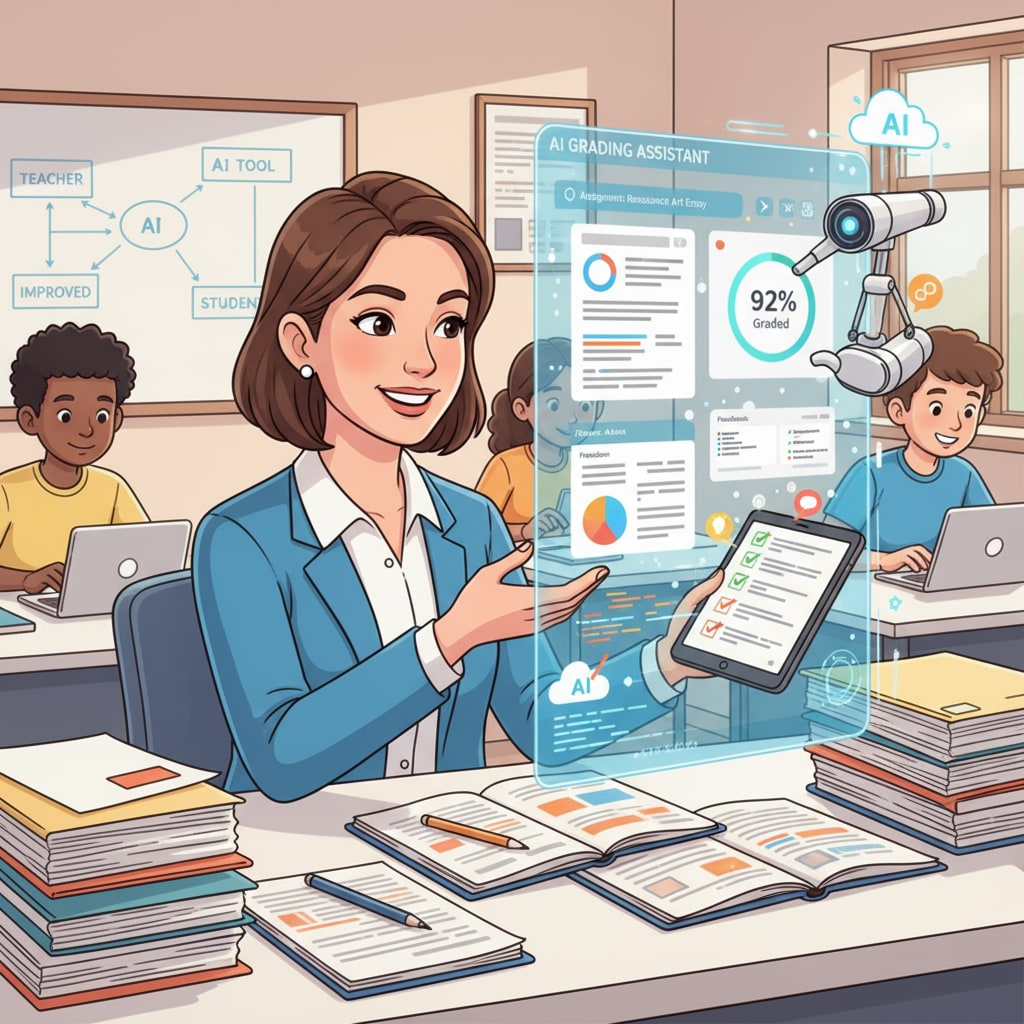Artificial intelligence in education, learning skills, and digital privacy have become hot topics in the realm of K12 education. As AI technology continues to evolve at a rapid pace, educators, students, and parents are faced with the challenge of integrating these powerful tools into the learning environment while ensuring the safety and privacy of students. In this article, we will explore six golden rules for effectively applying AI in K12 education.
Personalized Learning with AI
One of the most significant advantages of AI in education is its ability to provide personalized learning experiences. By analyzing students’ learning patterns, strengths, and weaknesses, AI-powered tools can tailor instruction to meet individual needs. For example, adaptive learning platforms can adjust the difficulty level of questions based on a student’s performance, ensuring that they are constantly challenged but not overwhelmed. This personalized approach helps students stay engaged and motivated, ultimately improving their learning outcomes.

Enhancing Teacher Productivity
AI can also play a crucial role in enhancing teacher productivity. Tasks such as grading assignments, providing feedback, and creating lesson plans can be time-consuming for teachers. AI tools can automate many of these tasks, freeing up time for teachers to focus on more meaningful interactions with students. For instance, automated grading systems can quickly assess students’ work and provide detailed feedback, allowing teachers to spend more time on one-on-one instruction. This not only benefits teachers but also improves the quality of education students receive. Artificial intelligence in education on Wikipedia

Ensuring Digital Privacy
With the increasing use of AI in education, protecting students’ digital privacy is of utmost importance. Schools and educators must ensure that the data collected by AI tools is used responsibly and securely. This includes obtaining proper consent from parents and students, implementing strict data protection policies, and using secure storage and transmission methods. Failure to protect digital privacy can have serious consequences for students, both academically and personally. Data privacy on Britannica
Developing Critical Thinking Skills
While AI can be a valuable learning tool, it’s essential to help students develop critical thinking skills. Students need to learn how to evaluate the information provided by AI tools and not rely solely on them. Educators can encourage students to question the accuracy and reliability of AI-generated content and teach them how to verify information through other sources. By developing critical thinking skills, students will be better equipped to navigate the digital world and make informed decisions.
Promoting Collaboration and Communication
AI can also be used to promote collaboration and communication among students. For example, virtual classrooms and online discussion platforms powered by AI can facilitate real-time interactions between students, regardless of their physical location. These tools can also provide opportunities for students to work together on group projects, share ideas, and learn from each other. By promoting collaboration and communication, AI helps students develop important social and interpersonal skills that are essential for success in the 21st century.
Professional Development for Educators
Finally, to effectively implement AI in K12 education, educators need to receive proper professional development. This includes training on how to use AI tools, understanding the ethical implications of AI in education, and integrating AI into the curriculum. By investing in professional development, educators can stay updated with the latest trends and technologies in AI education and provide the best possible learning experiences for their students.
Readability guidance: By following these six golden rules, educators, students, and parents can make the most of AI in K12 education. AI has the potential to revolutionize the way we learn and teach, but it’s important to use it responsibly and with caution. By prioritizing personalized learning, enhancing teacher productivity, ensuring digital privacy, developing critical thinking skills, promoting collaboration and communication, and investing in professional development, we can create a harmonious symbiosis between technology and education.


